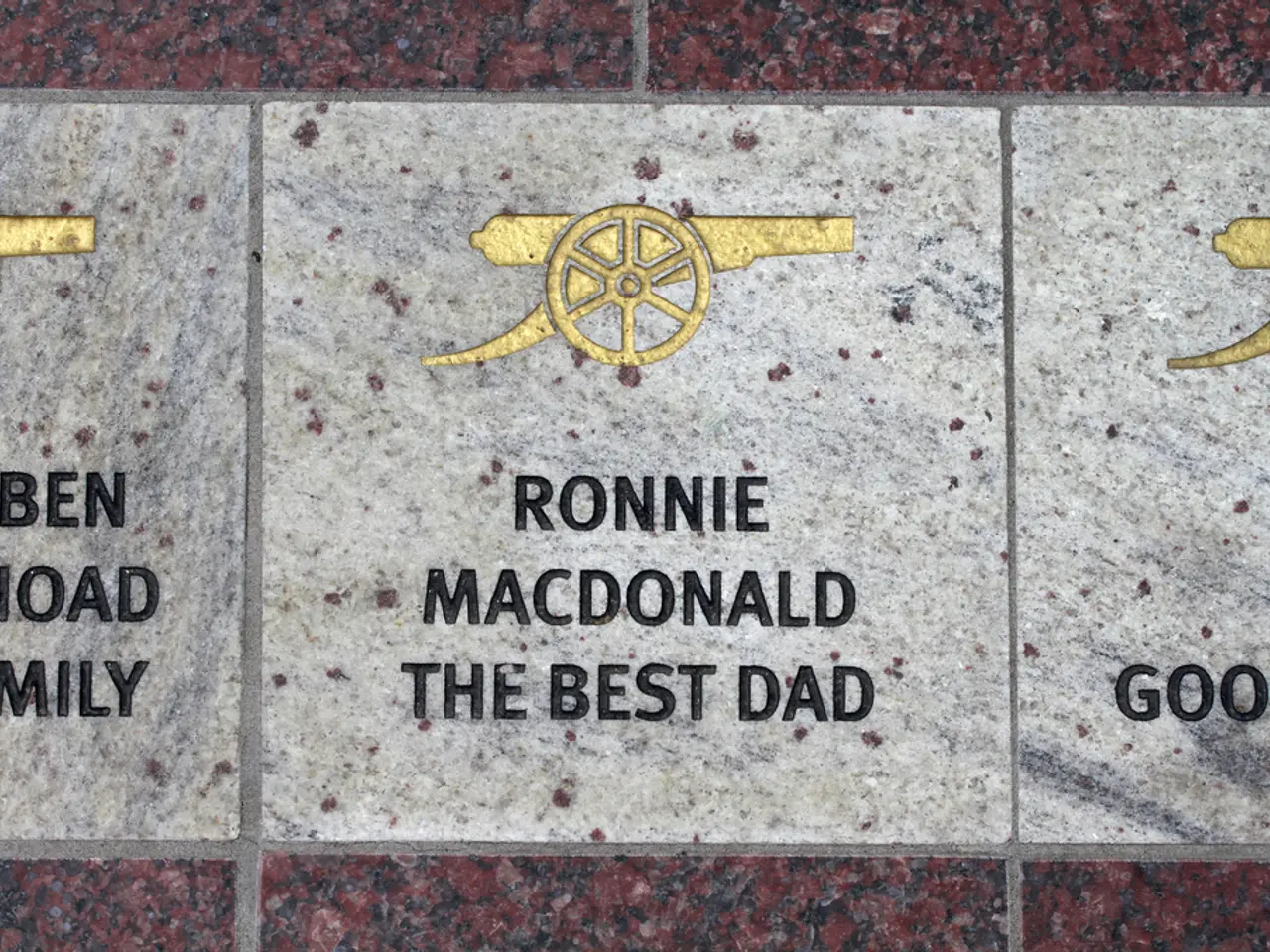Exploring the Hohenzollern holdings: delving into their history and present importance
In the ongoing discussions about the preservation of valuable possessions of noble families, the Hohenzollern fortune plays a significant role. This historic fortune was significantly impacted by the expropriation of Hohenzollern property, primarily stemming from the aftermath of World War II.
As former German imperial and Prussian rulers, the Hohenzollerns had vast properties before 1945. However, these were confiscated and expropriated after the war, particularly in the Soviet occupation zone, which became East Germany. This expropriation was part of broader denazification and Soviet land reform policies aimed at dismantling the old aristocratic and feudal landowning structures in Germany, particularly those aligned with the former imperial powers.
The expropriation coincided with the violent expulsion of German populations from former eastern territories of Germany, further complicating property claims and ownership. These territories were handed over to Poland and the Soviet Union after the war, effectively ending German claims there.
Since the fall of East Germany and German reunification, descendants of the Hohenzollern family have sought compensation or restitution for these properties. However, these claims have faced complex legal hurdles and political controversy. The German government has dealt with these claims primarily via restitution laws, allowing former owners or their heirs to petition for return or compensation of properties seized under Soviet occupation or East German communist rule.
However, many of the historic estates and properties are now public or privately held, and attempts by the Hohenzollern family to reclaim these have been largely unsuccessful or settled with financial arrangements rather than full restitution.
It's important to note that the direct relation of Hohenzollern expropriation to international conflicts in the Middle East is not evident in historical or contemporary sources. The expropriation was mainly tied to European post-WWII territorial reconfiguration and internal German affairs.
Despite this, the Hohenzollerns are not only historical figures but also current players in the dispute over their valuable possessions and their preservation. The Hohenzollern fortune is a central topic in the debate about historical expropriations, particularly the princes' expropriation of 1918. The family's bank debts raise questions about their current financial situation, yet key figures like Karl Friedrich von Hohenzollern possess substantial wealth, including luxurious properties in Switzerland and Mallorca, valuable items, and cars.
Negotiations with the Prussian Finance Ministry regarding the return of assets are a central issue for the Hohenzollern family. The Hohenzollern property remains a striking example of the influence of historical events on the property of noble families, serving as a reminder of the complex legacy of World War II and its ongoing impact.
The Hohenzollerns' wealth-management strategies often intersect with the politics surrounding the restitution of their expropriated properties, particularly in discussions with the Prussian Finance Ministry. The family's finance and wealth, despite debts, are linked to many valuable possessions, such as luxurious properties in Switzerland and Mallorca, making them a notable player in general news regarding historical expropriations.




